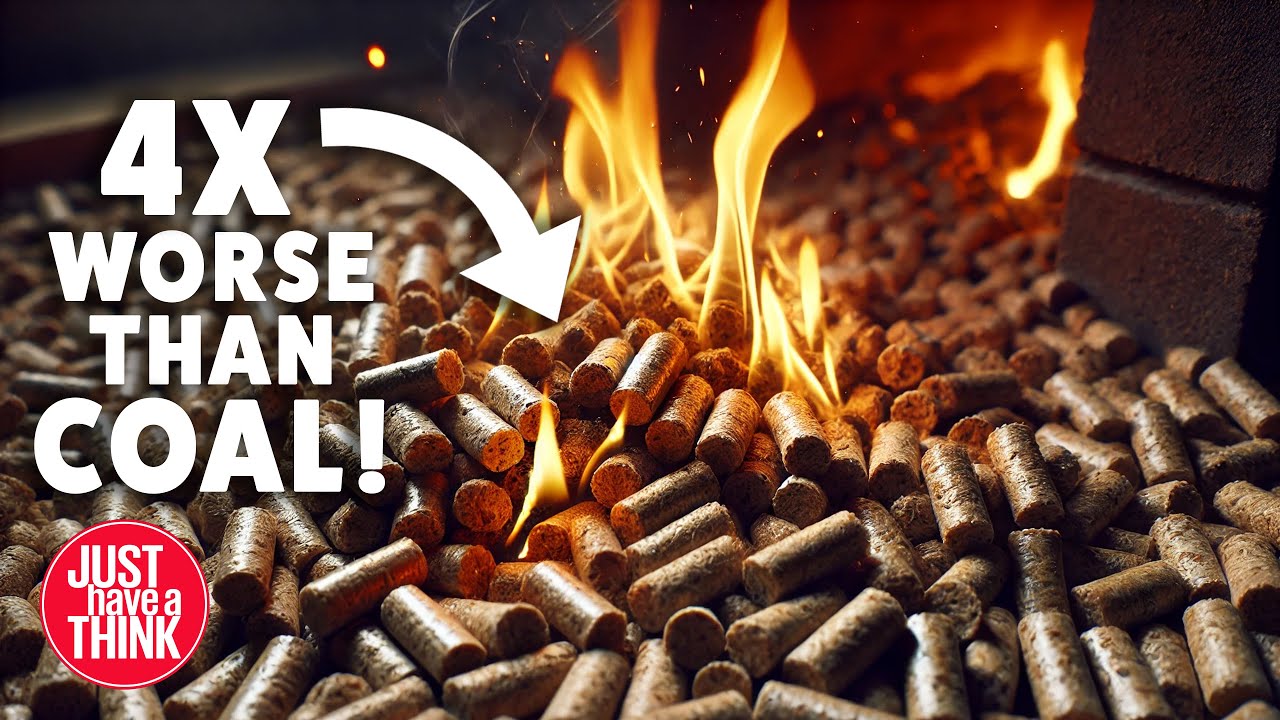Even tho Drax uses only biomass and its CO2 emissions are 4 times higher than Ractcliffe’s which uses coal, I think it is also important to mention that Drax can produce twice as much electricity in comparison to Ratcliffe. Still terrible news from the 2023 report, just saying.
Its generating capacity of 3,906 megawatts (MW),
Ratcliffe-on-Soar Power Station
the station has a capacity of 2,000 MW
Actually that is capacity and not the electricity the actually produce. In 2021 Drax produced 4.2TWh of electricity. In 2021 Ratcliff produced 0.8TWh
So we are talking 5times more electricity from Drax. Hence 4x emissions is not as bad as it seems. I can not find 2023 numbers and I could imagine that they are even starker.
EDIT: Fix because I can not read properly apparently.
From the link you provided, it looks like in 2021 it was 4.2 not 7.5. Apart from that, this approach sounds too speculative to me, since the production comes from 2021 and the CO2 emissions quota from 2023. In the Drax chart it shows a decline in TWh produced from 2017 to 2021 (btw 2021 is also the year they retired coal). Still, assuming from this trend that their production few years latter continues to decline is something I would consider too risky to do.
- 2017 -> 14.9
- 2018 -> 11.7
- 2019 -> 10.2
- 2020 -> 7.5
- 2021 -> 4.2
The Ratcliffe chart has so many fluctuations till 2021 that I couldn’t dare guess what their 2023 production was.
- 2017 -> 2.6
- 2018 -> 3.2
- 2019 -> 0.7
- 2020 -> 0.1
- 2021 -> 0.8
If I find the 2023 numbers, I’ll add a comment or edit this one.
Thanks. Fixed the original comment.
Just a point - biomass regenerates and sucks carbon while it does.
Coal gets burnt and stays out there.
Yes, this was my thought as well.
Tree grows, captures CO2 from atmosphere, is chopped and burned releasing the CO2.
Coal is dug up and burned, releasing CO2 that was trapped in the ground imto the atmosphere.
Disclaimer: I haven’t watched the vid.
It’s unfortunate that so much susidies go into burning wood, and fossil fuel.
I looked into a local nonprofit that support renewables, and it focus on biomass, less so on solar, and didn’t focus of wind at all (because of scale and upfront cost). Because of that focus on biomass and uncertainty on emissions from biomass I stayed away from them.
Did not watch the video yet, but isn’t the amount of CO2 released always the same for a specific source? If you use coal, the coal production releases CO2 by burning off anything but carbon. So the CO2 production just happens at different places, but the sum should be the same.
Can someone quickly tell me what I am missing here?
This video is misinformation !
This video only talk about the total emissions of the power station, it never talk about CO2 per kWh.
By using this logic I can easily prove that producing bikes is way more polluting than producing cars, if I take a plant that produce millions of bikes compare to a plant that produce few hundreds cars.




